Discover 11 hidden attractions, cool sights, and unusual things to do in Gela (Italy). Don't miss out on these must-see attractions: Bosco Littorio, Greek baths of Gela, and Archaeological Museum. Also, be sure to include Largo Cappuccini in your itinerary.
Below, you can find the list of the most amazing places you should visit in Gela (Sicily).
Table of Contents
Bosco Littorio
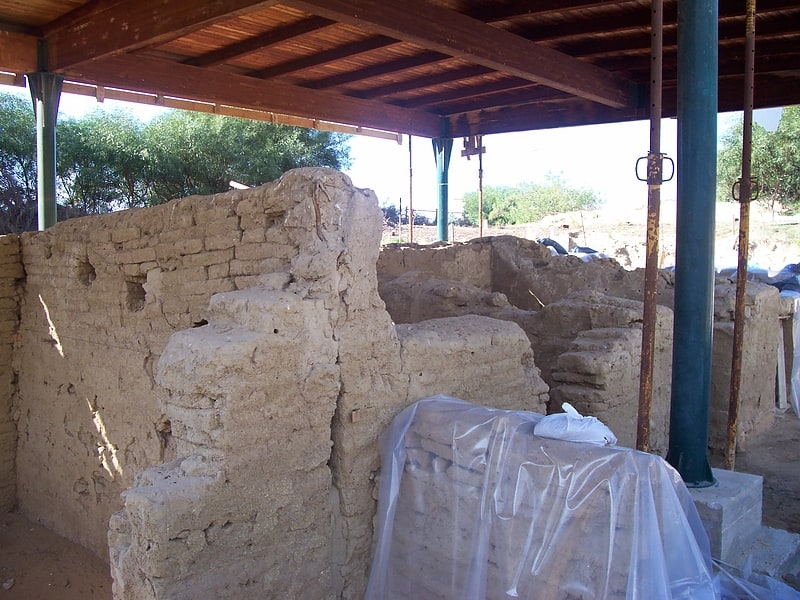
Bosco Littorio is a sandy area with dense vegetation on the Sicilian coast in the comune of Gela, containing the archaeological remains of the archaic emporium of Gela, which dates to the period between the 8th and 5th centuries BC.[1]
Greek baths of Gela
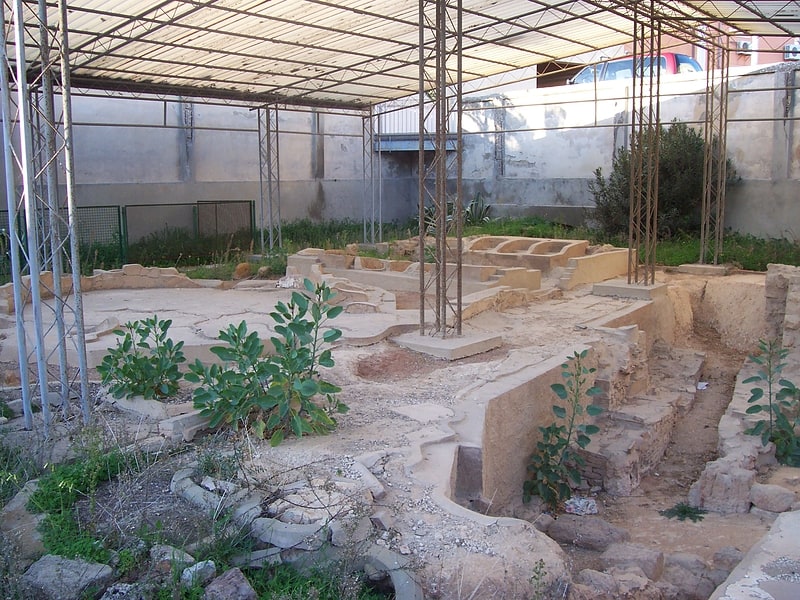
Also known as: Bagni greci di Gela
The Greek Baths of Gela are ancient baths which were discovered in 1957, near the Ospizio di Mendicità on via Europa, Capo Soprano, which date to the Hellenistic period. Like the rest of the city, the baths were demolished in 282 BC after the conquest of the city by the Akragantine tyrant Phintias.[2]
Archaeological Museum
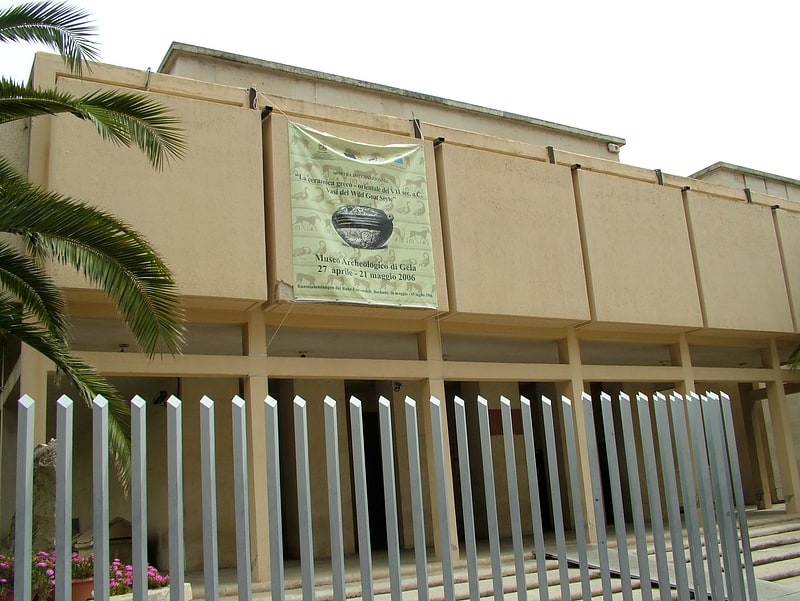
Also known as: Museo Archeologico
Specialty museum, Museum
Address: Corso Vittorio Emanuele 1, 93012 Gela
Largo Cappuccini
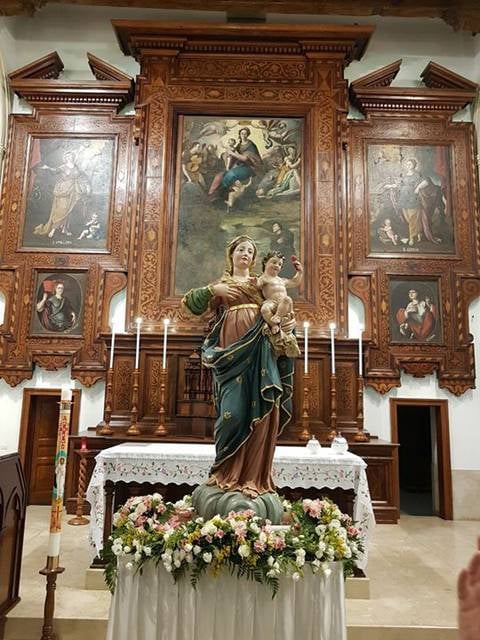
Non-profit, Square
Address: Largo Cappuccini, Gela
Walls of Timoleon
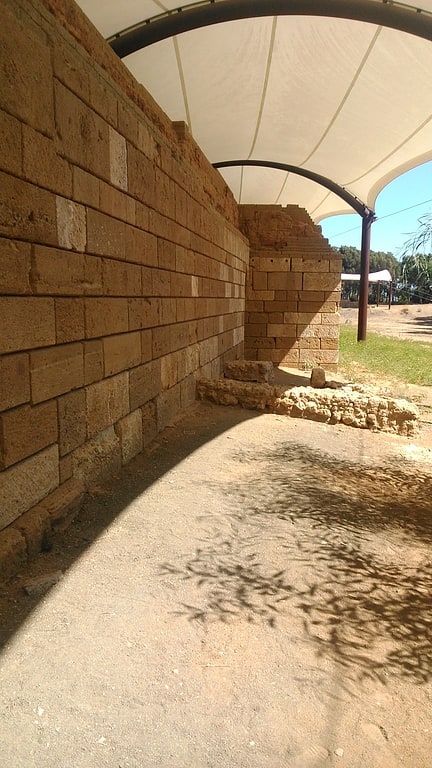
The so-called "Thymoleon walls" are ancient Greek fortifications of Gela. They constitute a very important archaeological evidence of the defensive system that encircled the hill on which stood the ancient Greek city of Gela, founded by settlers from Rhodes and Crete in 689 BC and finally destroyed in 282 BC.
The walls, named after the leader Timoleon (4th century B.C.), are located within a large park set between the modern city and the coast at Caposoprano.
Church of San Francesco di Paola

Also known as: Chiesa di San Francesco di Paola
The church of St. Francis of Paola stands next to the related convent-orphanage, in Gela.
It was built in 1738 by the friars of the Order of Minims of St. Francis of Paola after they abandoned the church of St. Mary of Grace. The entrance to the church is adorned by a portal in late Baroque style on whose entablature is the coat of arms of the guild of Minim Friars on which is engraved the word Charitas.
St. Augustine Church
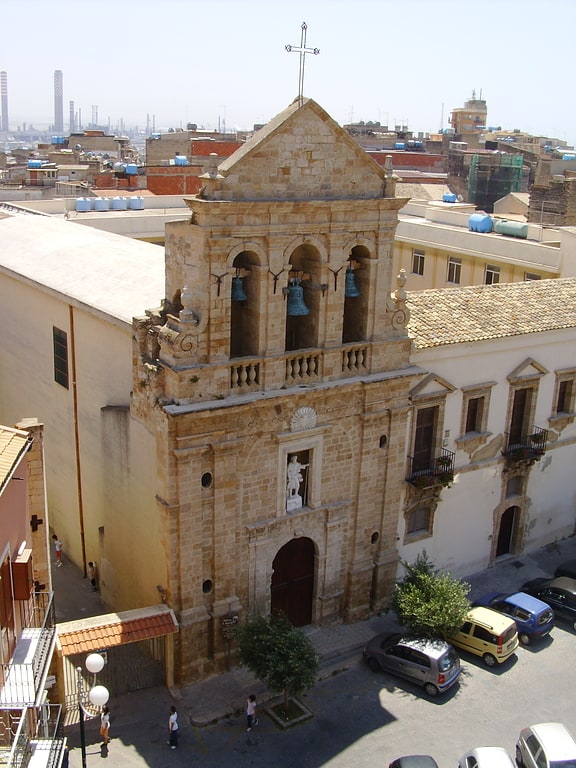
Also known as: Chiesa di Sant'Agostino
The church of St. Augustine is a house of worship in Gela. Built in 1439 with an adjoining convent, it is the oldest church in the city.
Piazza San Giacomo
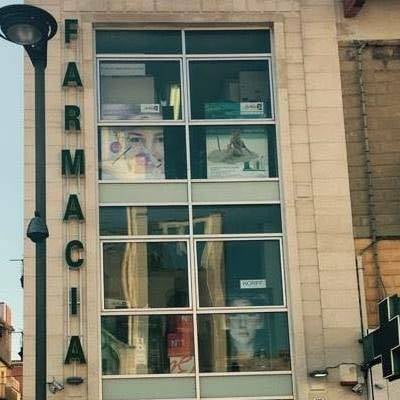
Square
Address: C.so S. Aldisio n. 129, Gela
Riserva Biviere di Gela
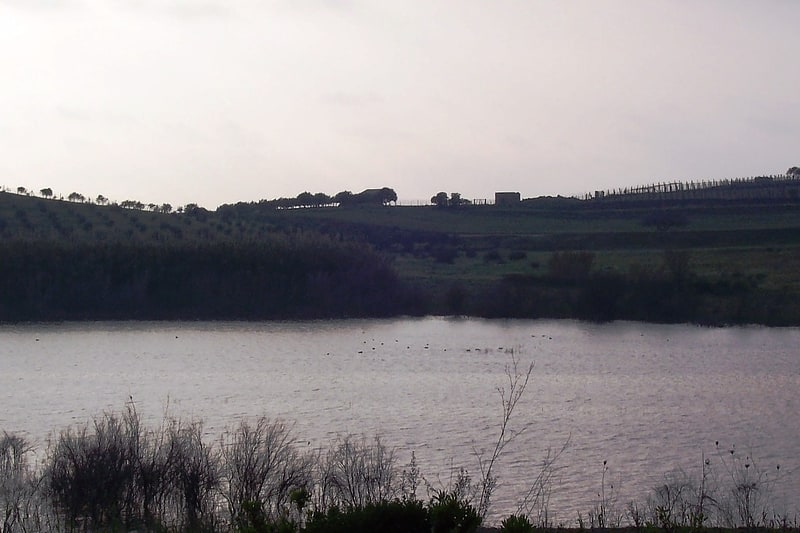
The Biviere di Gela Oriented Nature Reserve is a protected natural area located in the municipality of Gela in the province of Caltanissetta and was established in 1997.
Address: Strada Provinciale 51, 93012 Gela
Porto Rifugio di Gela
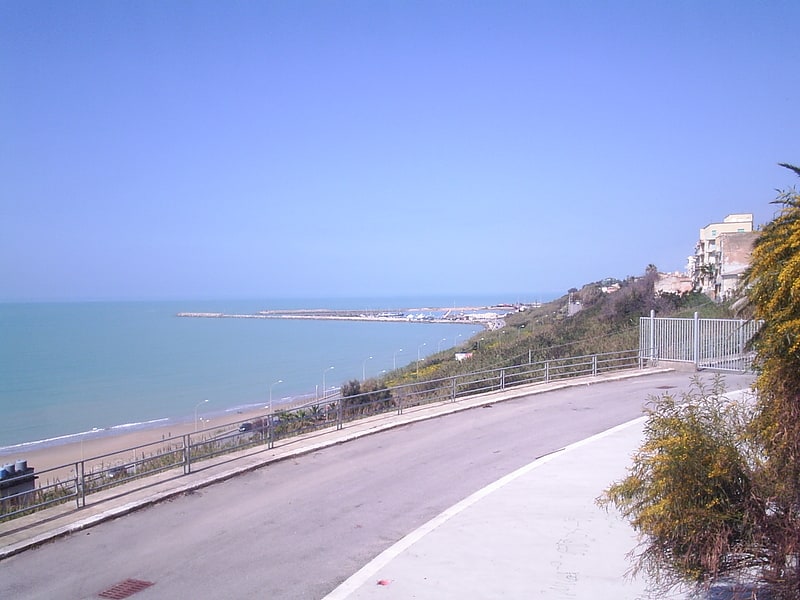
The refuge port of Gela is an artificial harbor overlooking the city of Gela in the gulf of the same name. Its present structure dates back to the 20th century.
Gela's harbor of refuge was built in the 1950s. It was structured by a north wharf and a west wharf to defend against the currents and winds that blow in the north/west-north/east direction for about 200 days a year.
In fact, it was created to provide a viable alternative to the then inadequate landing stage, located some 750 m to the west near the fishing village of the city Gela, at which merchant ships of grain, cotton, sponges, dwarf palm brooms, wine, oil and whatever else took the Mediterranean route from the southwestern hinterland of Sicily docked and sailed. In it still stands a shipyard for the construction of wooden boats by certain shipwrights, who over time have made working and valuable vessels of rare craftsmanship: efficient and reliable vessels, sturdy and light, such as to ply the seas reliably and safely. The decline of the harbor of refuge began around the mid-1960s, when the harbor of refuge became a mere support to the Isola Harbor and annexed breakwater (built by the Sicilian Region and given in concession to ENI spa).
Around the mid-1980s, the eastern arm was built, which determined and continues to impair the seabed inside and outside the harbor, reducing its depths from 4-5 meters to 2-3 meters with negative peaks of 1.5-1.30 meters. The inlet with extremely shallow seabed (less than 2 meters), presents itself with obligatory passages, so as to sometimes compromise the safety of vessels and the traffic even of small boats that find landing in it. The seabed is often subject to silting, exacerbated by the eastern arm which, given its current conformation, does not allow for an outflow of the currents that carry the sands of the forebay within the port site. Even so, the desire and tenacity of certain lovers of the Gelese sea has meant that a minimal recreational activity has developed in it with the installation of mobile piers, discreetly equipped to accommodate small boats. Thanks to public investment and with the commitment of private citizens, a minimal redevelopment has taken place with the provision of water and electricity supply columns at the dock. A refueling facility also insists in it. In contrast, it lacks sanitary facilities and whatever else would be needed by the passing sailor. For years we have been waiting for the realization of the new refuge port provided for in the regional plan of Sicilian ports, which should be built with public and private funds (ENI SPA), for a total investment of about 60 million euros, which should involve the expansion and modernization of the structure for an improvement of port services and equipment. Unfortunately, due to a rebound of competencies and a generalized lack of will, the citizenry, not only of the city of Gela but also of the neighboring towns, are waiting for a recreational facility worthy of the name that would give revitalization and vitality to one of the most fascinating stretches of sea and sandy coastline in Sicily. The port is subject to the authority of the Port Authority, which oversees maritime and coastal activity along the entire coastline of the province of Caltanissetta. Such activity, in deference to the norms of the navigation code, guarantees safety and legality. The Gelese port area, which in fact consists of the refuge port, the old landing stage with annexed area of the decommissioned coastal customs and the Isola port with annexed breakwater, would need a private port authority in order to give input to the commercial and tourist activities that could find a natural location in it.
Cattedrale Maria Santissima Assunta in Cielo
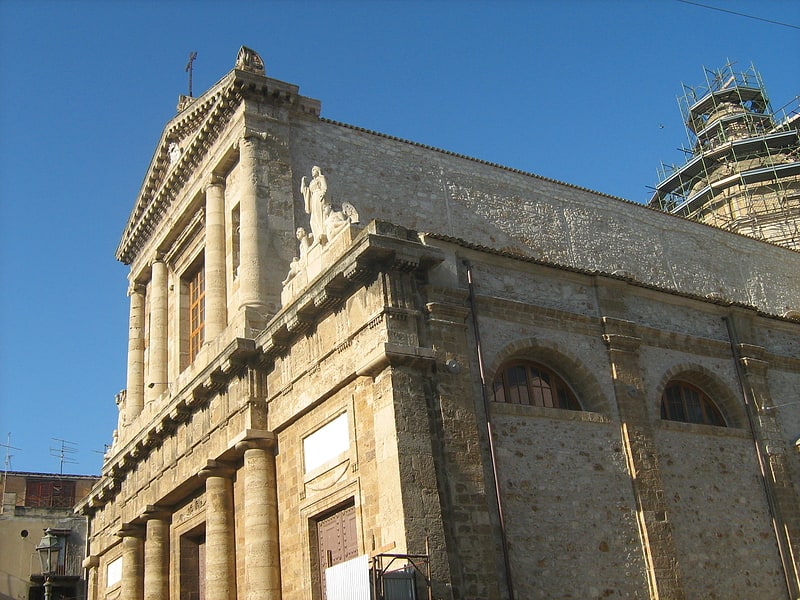
The mother church of Gela or church of Santa Maria Assunta, derived from the primitive church of Santa Maria de' Platea, is an example of neoclassical excelling in the historic center of the gulf town. The exterior elevation appears interesting on par with the interior rich in works of art.
Address: Via Matrice, 2, 93012 Gela